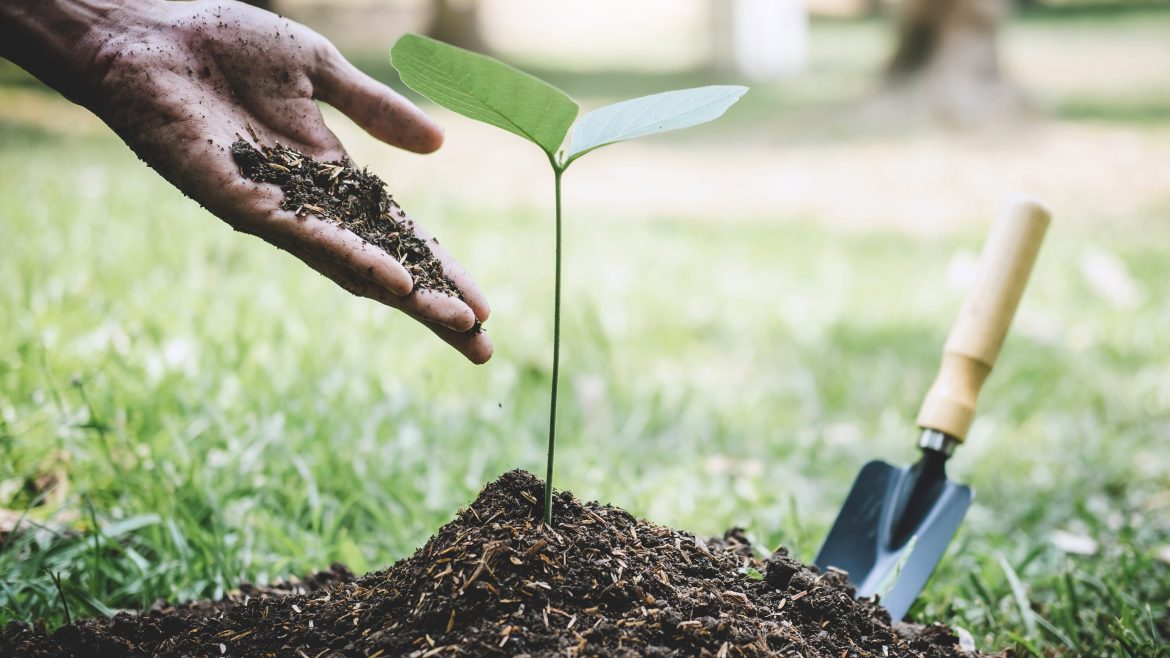Trees provide numerous benefits to us and our environment. They improve air quality, conserve energy, help to reduce noise pollution and can even increase property values. Trees are also an important part of the water cycle and help to recharge groundwater supplies. And, of course, trees are essential to the health of our planet’s ecosystems.
Unfortunately, we’ve lost a lot of trees in recent years due to urbanization, deforestation and other human activities. According to the Food and Agriculture Organization of the United Nations, the world lost 4.7 million hectares of forest in 2015 – that’s an area about the size of Costa Rica.
But there’s good news! We can all help to replant our planet by planting trees in our own gardens. Here are a few tips to get you started:
1. Choose the right tree for your garden. There are many different types of trees available, so it’s important to select one that will suit your particular garden space and climate conditions. Consider the size of the tree at maturity, its shape, its leaf type and whether it is deciduous or evergreen.
2. Prepare the planting site. Once you’ve selected your tree, it’s time to prepare the planting site. dig a hole that is twice as wide as the tree’s root ball but no deeper. Loosen the soil around the sides of the hole to help the roots establish themselves.
3. Plant your tree. Carefully remove the tree from its container or wrapper and place it in the hole. Backfill with soil and water well. Stake your tree if necessary (especially if you live in an area with high winds).
4. Mulch around your tree. Mulching helps to keep weeds at bay and conserves moisture in the soil. Use a layer of organic mulch (such as bark chips or compost) that is about 5cm thick. Keep mulch away from the trunk of the tree to prevent rot.
5. Water your tree regularly (especially during dry periods). newly planted trees need lots of water to help them establish themselves in their new environment. Water slowly and deeply, making sure that the entire root ball is moistened.
With a little care and attention, your newly planted tree will soon be thriving!
Tropical Trees in Your Garden
Tropical trees are a great addition to any garden. They provide shade and can help to create a tropical oasis in your backyard. There are a few things to consider when choosing the right tropical tree for your garden, such as climate, soil type, and space.
Climate is an important factor to consider when selecting a tropical tree. If you live in an area with a warm climate, then you can choose from a wide variety of tropical trees. However, if you live in an area with a cooler climate, then you will need to select a tropical tree that is hardy enough to withstand the colder temperatures.
Soil type is also an important consideration when choosing a tropical tree. If you have sandy soil, then you will need to select a tropical tree that can tolerate dry conditions. If you have clay soil, then you will need to select a tropical tree that can tolerate wet conditions.
Space is another important consideration when selecting a tropical tree. If you have a small garden, then you will need to choose a tropical tree that is compact and doesn’t grow too large. If you have a large garden, then you can choose from a wide variety of tropical trees, including those that grow to be very tall.
Once you have considered all of these factors, you can start to narrow down your choices and select the perfect tropical tree for your garden.
Tree Seeds to Plant in Your Garden
If you’re looking to add some trees to your garden, you’ll need to start with seeds. Here are some tree seeds to plant in your garden:
1. Maple Seeds
Maple trees are a popular choice for gardens, and their seeds can be easily found in the fall. Just make sure to plant them right away, as they won’t last long if left out in the cold.
2. Birch Seeds
Birch trees are another popular choice for gardens, and their seeds can also be found in the fall. They have a shorter shelf life than maple seeds, so be sure to plant them as soon as you find them.
3. Oak Seeds
Oak trees are a bit more difficult to find seeds for, but they’re well worth the effort. Just be sure to plant them in the spring, as they won’t do well if planted in the fall.
4. Pine Seeds
Pine trees are a favorite for many gardeners, and their seeds can be found in the spring or fall. They have a long shelf life, so you can plant them whenever you find them.
5. Spruce Seeds
Spruce trees are another type of tree that’s difficult to find seeds for, but they’re worth the effort. Just like oak trees, they should be planted in the spring for best results.

